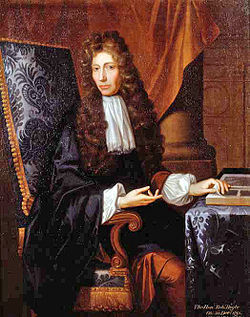A remarkable instance of long-windedness: sprawling sentences
Essays often fall into two categories: the short and the long. While there is often a virtue in brevity there is more often a vice in prolixity. Writing should avoid repetition and restatement. On the whole, a concise but well thought out response will score higher marks than a sprawling and rambling composition. More specifically, sentences which are too long, or too complex, often prove to be confusing. On the surface, these kinds of sentence may look impressive, but they often come in for critical censure. In his book , Composition and Punctuation familiarly explained, ( 1865), Justin Brenan discussed a classic example of the long-winded style of writing. VERY REMARKABLE INSTANCE OF LONG-WINDEDNESS. I Thought that I had exhausted this subject. Yes, I believed that I had furnished the most glaring examples, but here is one that eclipses them all, and I give it because you cannot have a better lesson. It is from the History of England (Cabinet Cyclopaedia), by Sir Jam










